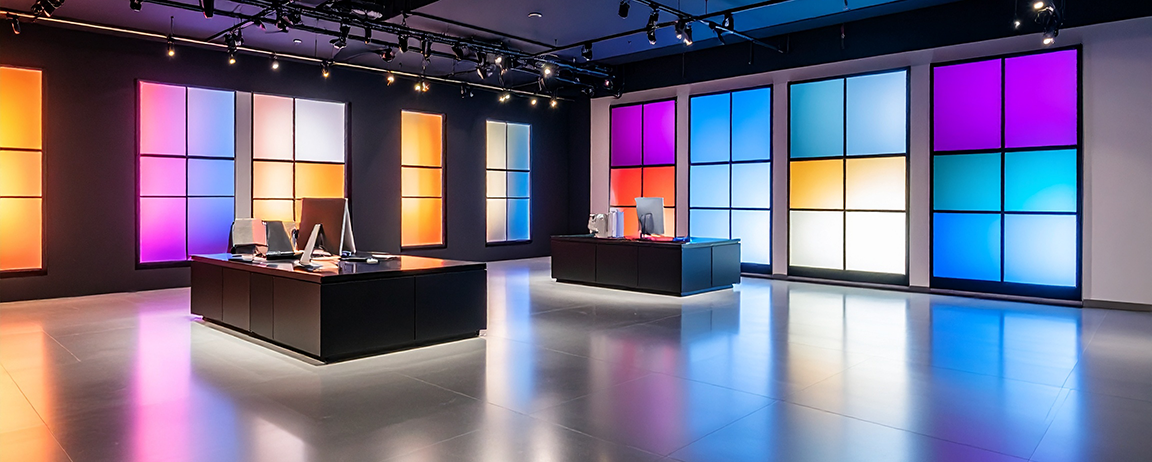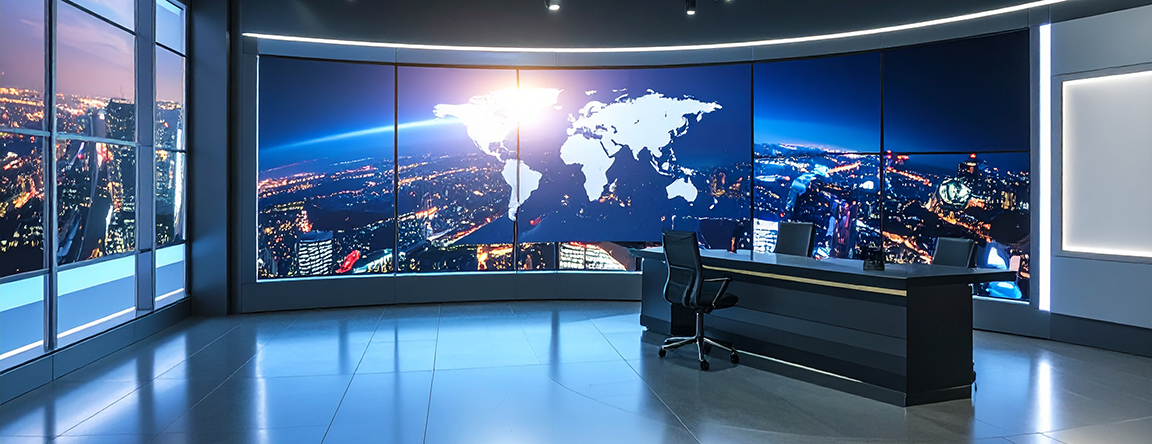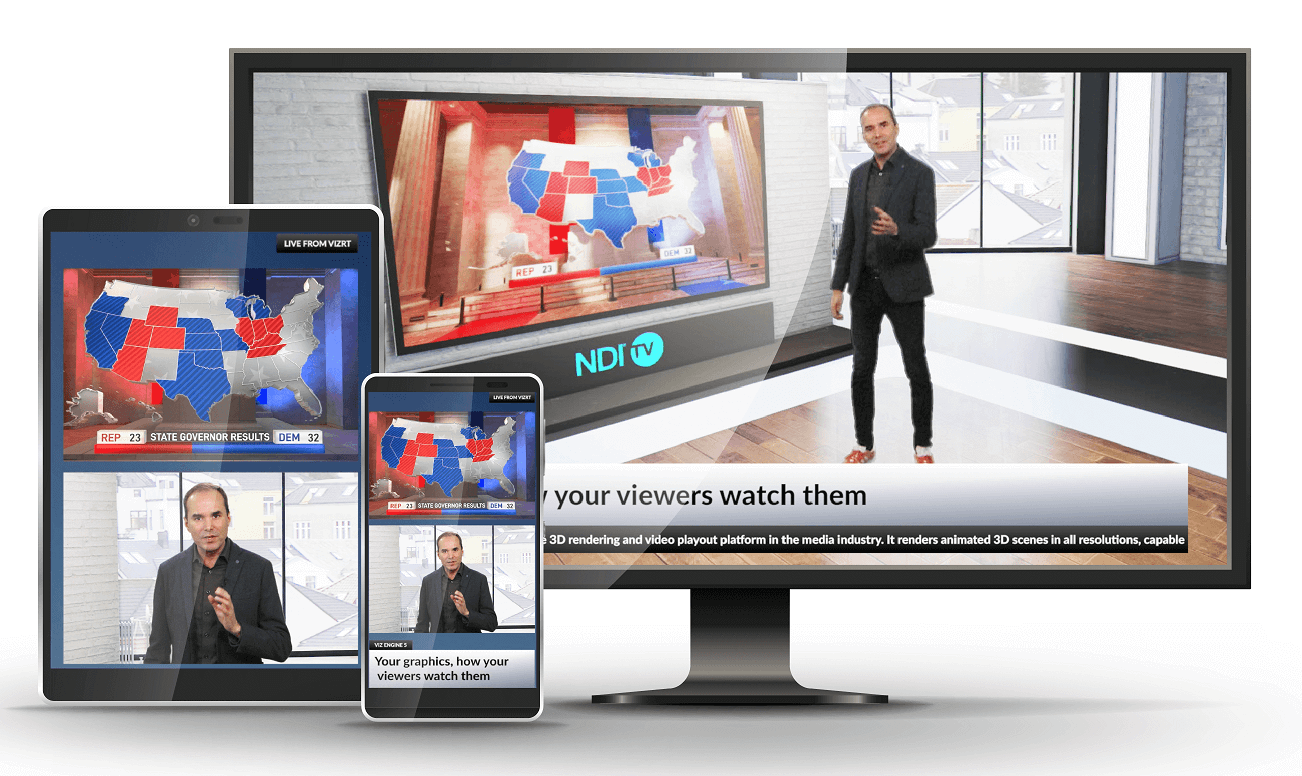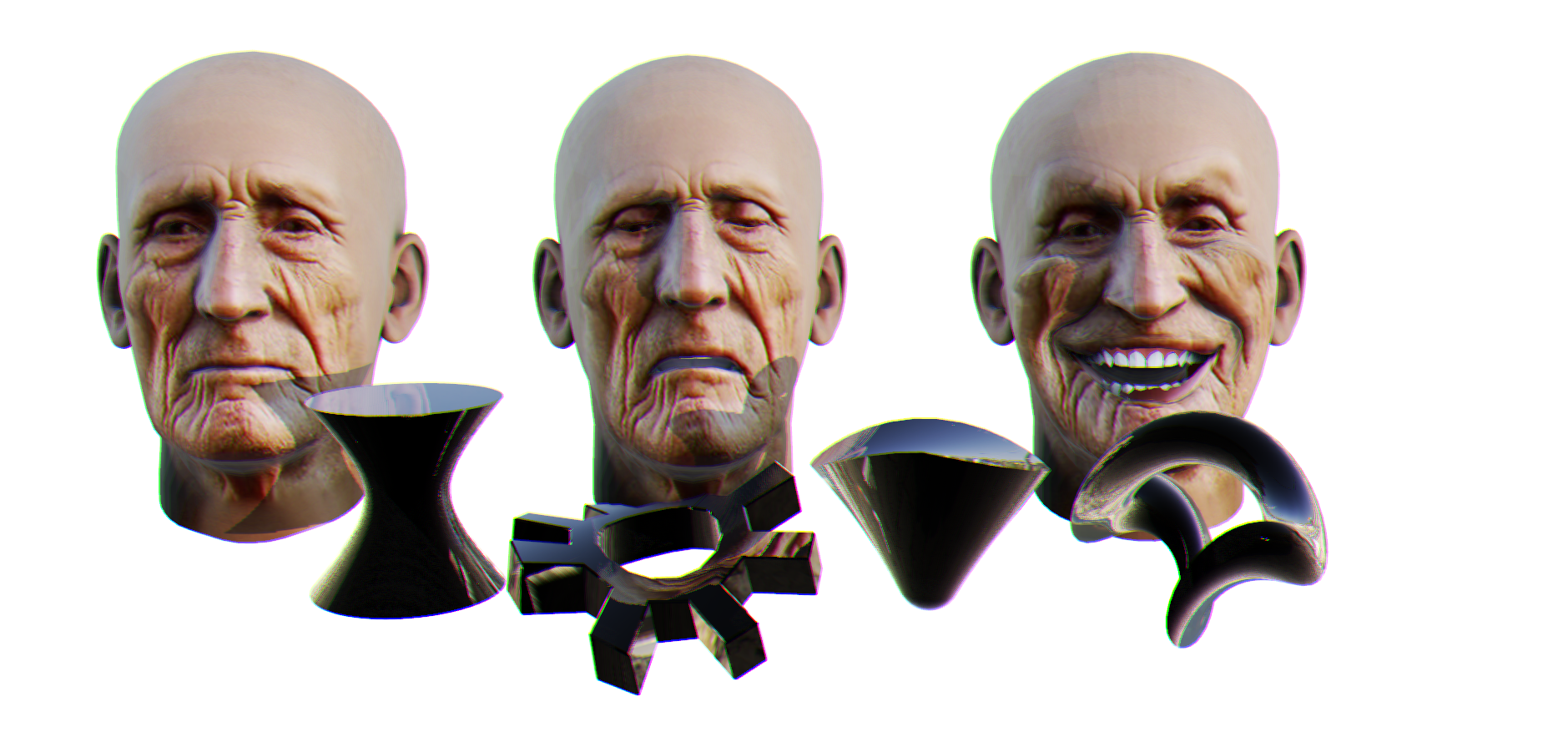The Viz Engine 5.4 release is squarely focused on aligning to and enhancing the viewer experience and locking in viewer engagement.
It accomplishes this by delivering business-positive customer outcomes that are a direct result of Viz Engine’s competitively better scalability, creative flexibility, and improved efficiencies. Viz Engine 5.4 reduces complexity and costs, simplifies integration across workflows, and effortlessly scales across production environments.
These are some of the highlights, alongside a vast number of smaller improvements listed in the release notes.
High Dynamic Range Imaging
Scenes created in Viz Engine 5.4’s new render pipeline can utilize even more vibrant colors, providing users with access to extensive brightness levels when delivering broadcast graphics highlights. Defined color spaces, at the Scene level, are provided for Graphics, Inputs and Outputs, and Look-Up Table (LUT) support is available to convert between spaces. Customers can look forward to better, richer-looking graphics and delivering consistent, high-impact viewer experiences across multiple platforms while compatibility with already existing content is ensured (remains in SDR range). |
Large Canvas Video Wall Support
Viz Engine 5.4 reduces the complexity associated with larger canvas video walls by removing interconnecting hardware (for example, converters, adapters, etc.) and instead offers a direct fiber connection, via a pixel processor, between Viz Engine and the video wall. 8k x 4k pixels out of a single Viz Engine are supported, perfect for studios, Esports arenas, and large-scale events where large canvas video walls are required. The supported resolutions will increase with newer driver versions in the future on capable hardware (DSX LE6). |
Parallel Scene Output
Make the jump to Viz Engine 5.4 and get a better return on your existing investment in Viz Engine by taking advantage of the new Parallel Output Scene support. Now, predefined graphic channels can be applied to parallel outputs, allowing you to, for example, serve your Linear channels via SDI and ST 2110 outputs, or serve OTT/Digital channels via the NDI Graphics Channel output. |
Adaptive Graphics with Transition Logic
Get a better return on your existing investment in Viz Engine by taking advantage of the improvements to Vizrt’s Adaptive Graphics – now with Transition Logic. Adaptive Graphics automatically adjusts to the required aspect ratios and resolutions of the destination platform, ensuring a consistent and responsive experience. By adding Transition Logic, graphics with multiple elements transition smoothly from one element to the next, without glitches or stops. |
Web Channels
Unlock the power of Web graphics within Viz Engine. Bring dynamic content from Viz Flowics or any Web source, create interactive graphics, streamline your workflow, and open up a world of possibilities for additional data-driven visuals. |
Improved Clip Workflow
Handling clips within Viz Artist has been made much easier! A newly designed Viz One browser and a simplified clip assignment by dragging and dropping clips to your location reduces browsing the filesystem and the use of mouse clicks. |
Dynamic Geometries and Blendshapes
The Viz Engine Render Pipeline has an effective and powerful new way to render geometries. Node Modifiers unlock new possibilities how geometries can be handled and transformed. And with the new Blend Shape capabilities, you can quickly create animatable expressions. |
Viz Engine | Viz Artist | Integrations |
|---|---|---|
|
|
|
Images are generated by Adobe Firefly.






